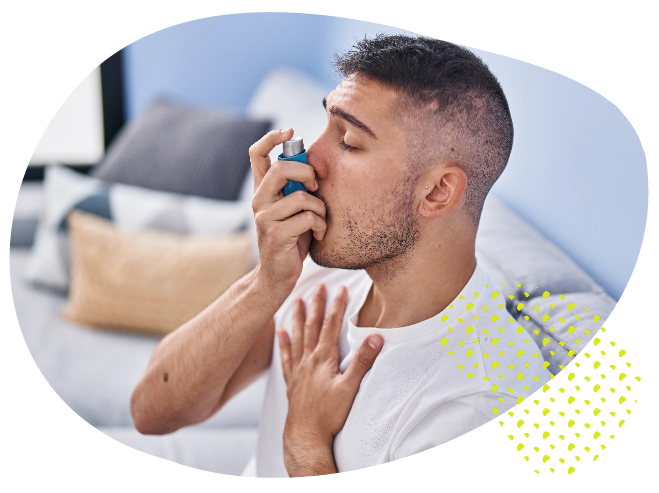Exercise Induced Asthma

Can I participate in exercise with exercise induced bronchoconstriction?

What exercise should I engage in?
Swimming in a warm environment is recommended for those with this condition as individuals often see decreased symptoms and as a result are able to engage in moderate or even high intensities with limited side effects. Other activities such as walking, cycling and resistance programs in warm environments are also great for those with exercise induced bronchoconstriction. With appropriate prescription and monitoring, those with exercise induced bronchoconstriction are able to live active, healthy lives.
Exercise-induced bronchoconstriction differs from asthma. While both conditions are characterised by a narrowing of airways resulting in breathing difficulties; exercise-induced asthma only occurs during the participation of exercise whereas asthma affects those outside of exercise environments. Of those with asthma, up to 90% also have exercise-induced bronchoconstriction.
Exercise-induced bronchoconstriction can be one of the first signs of asthma. Exercise may present abnormal breathing difficulties which may develop into breathing difficulties during everyday activities demonstrated in asthma.
How can Bites Dietitians help?

Helpful things to bring/remember before your first appointment
- Referral from GP or specialist (if you have)
- Any medications or treatments being undertaken
- Any medical history documents that may assist us
Want To Know More About Other Conditions We Treat?
